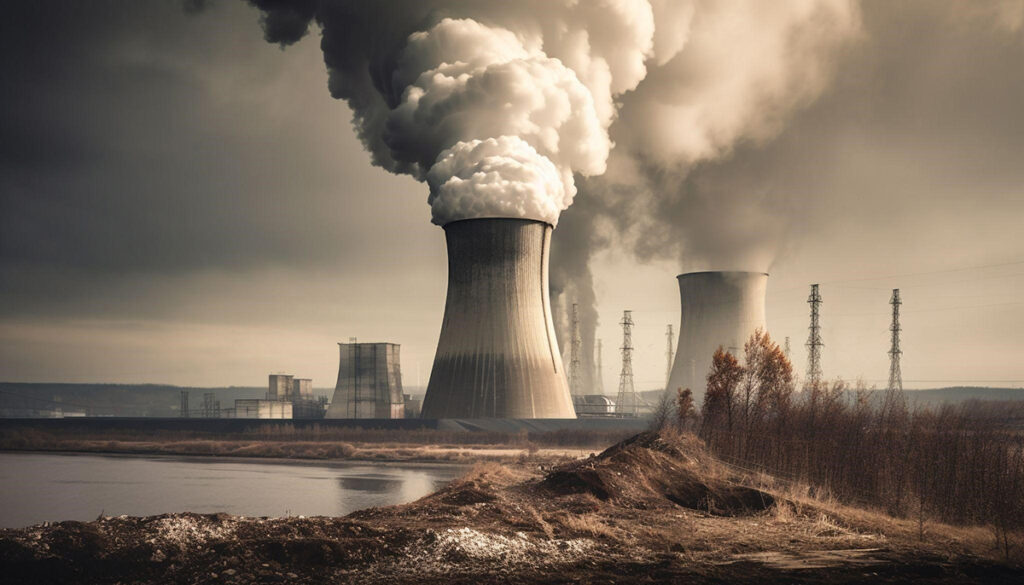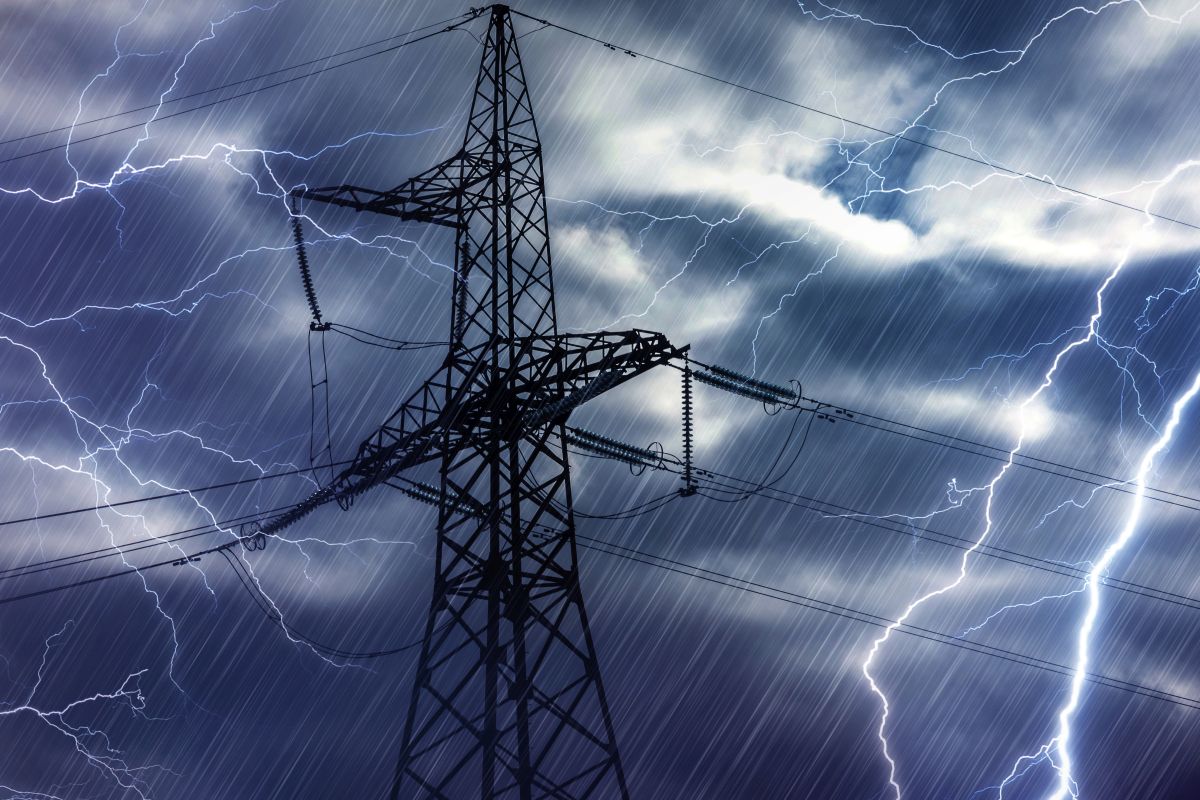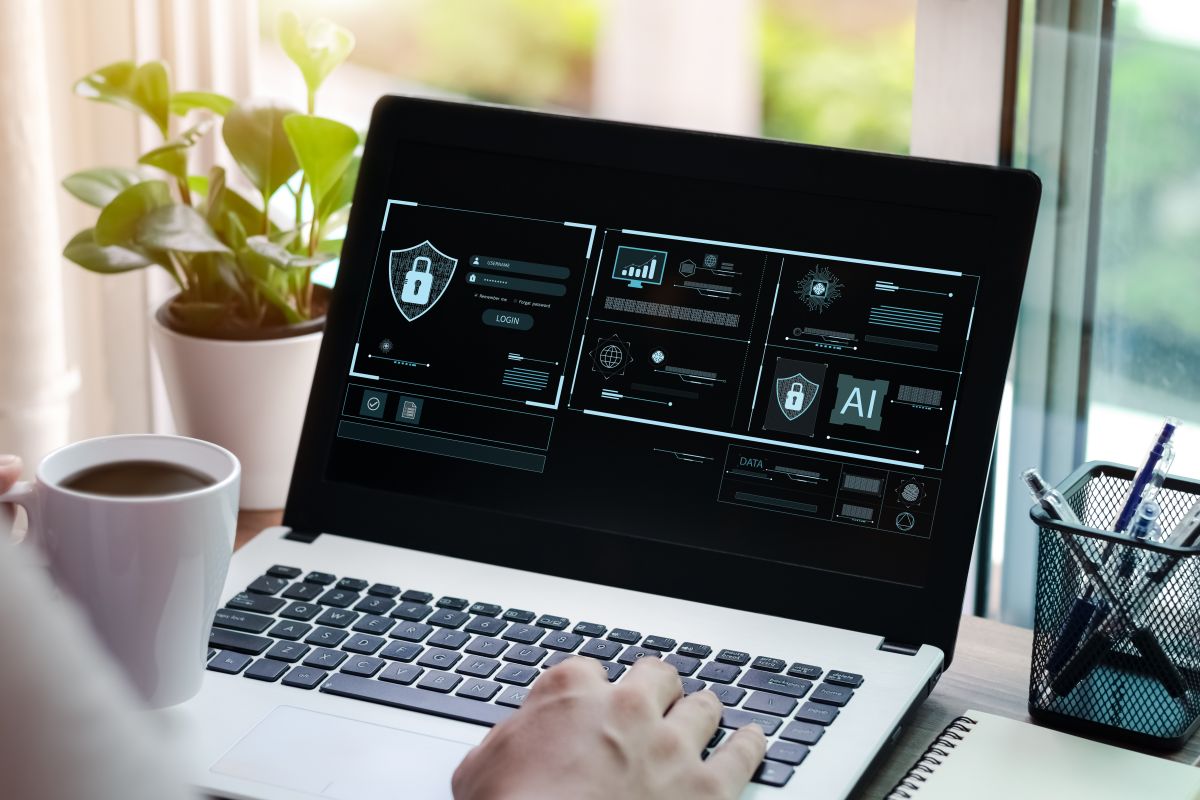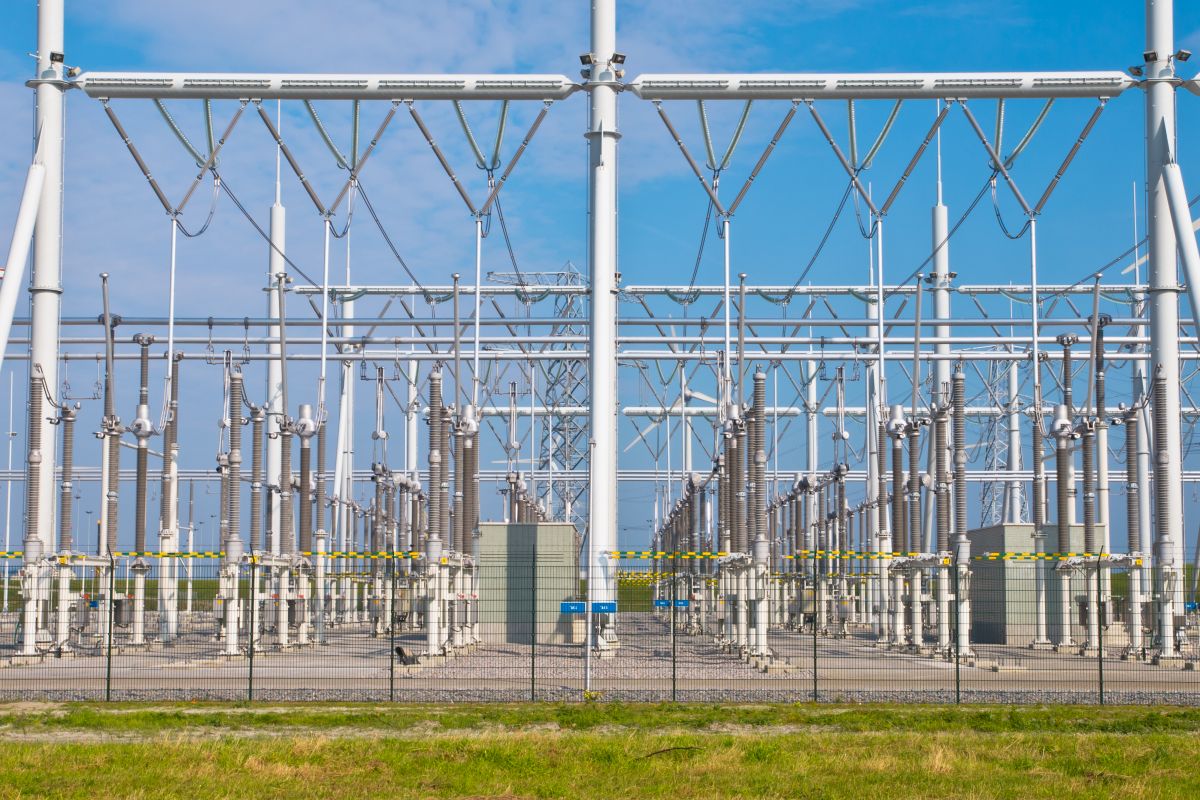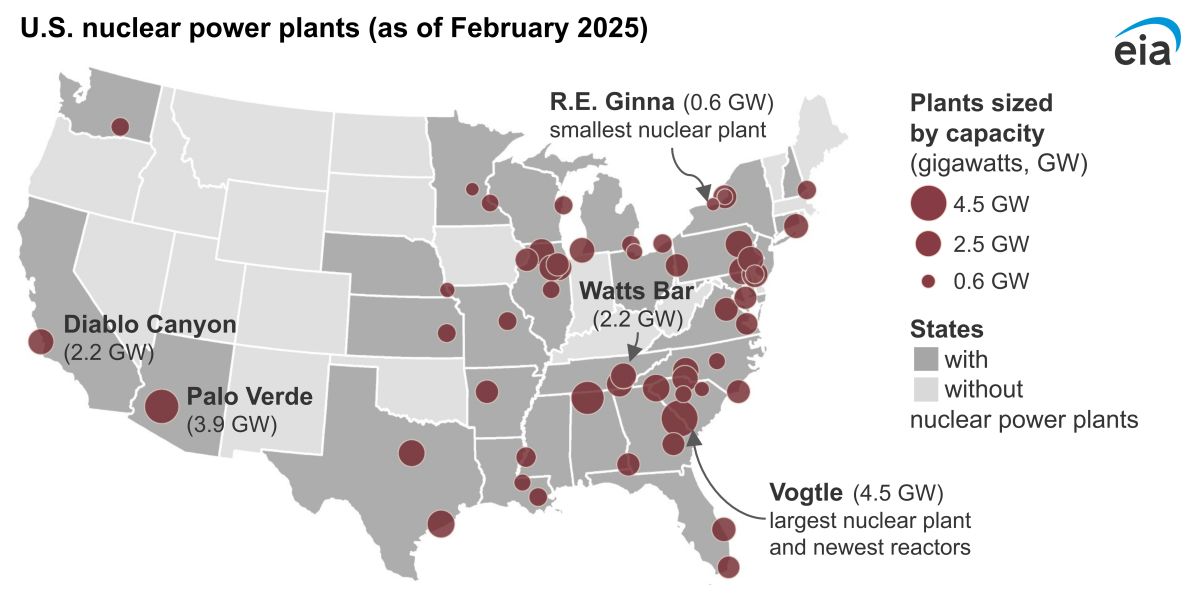The United States has one of the largest nuclear power fleets in the world, with nearly 95 reactors providing about 20% of the nation’s electricity. But operating these complex facilities comes with major challenges, especially as extreme weather events become more frequent and cyber threats grow. Here’s how the US nuclear fleet keeps power flowing during the toughest conditions.
Extreme Weather Resilience
Parts of the US frequently experience extreme weather such as hurricanes, tornadoes, floods, and winter storms. For example, the largest navy base in the US, Naval Station Norfolk in Virginia, routinely deals with flooding and hurricane damage. Yet through it all, the nuclear reactors in these regions continue running safely and reliably. Nuclear plants are designed to withstand extreme wind speeds, storm surges, and rainfall.
Hardened Infrastructure Withstands Severe Weather
Nuclear plants are equipped with multiple layers of safety features, creating redundancy that ensures there are multiple protective barriers between potential hazards and the US extreme weather. Critical equipment is housed in robust concrete structures, and sites have extensive flood barriers and waterproofing. Furthermore, nuclear reactors use cooling systems that can function even without electricity. Many plants utilize “gravity-driven cooling” systems that operate without the need for external power sources.
Take for example the Waterford nuclear station in Louisiana. In 2021, Category 4 Hurricane Ida slammed the plant with over 150 mph winds and an 8-foot storm surge. The reactor automatically shut down safely before the storm hit and switched to backup diesel generators when external power was disrupted. Despite the intense hurricane, the plant sustained only minor damage. Within a couple of weeks, Waterford was back up and running, helping restore power to over 1 million homes that lost electricity in Louisiana. Its resilience highlights why the US relies on its nuclear power fleet during natural disasters.
Comprehensive Cybersecurity Defends Against Cyberattacks
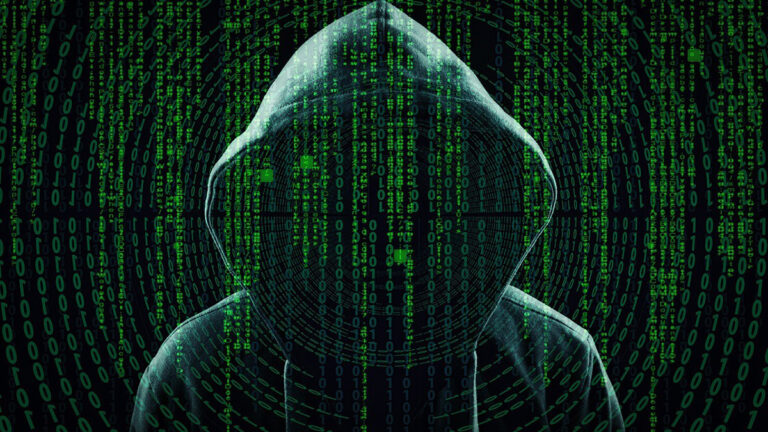
The Growing Threat of Cyberattacks to Critical Infrastructure
The US nuclear fleet is also resilient to cyberattacks, which have become an increasingly significant threat to critical infrastructure in the US and worldwide. In 2020, the US Energy Department confirmed that it was hit by a sophisticated cyberattack that compromised several federal agencies and private sector companies. The cyberattack in the US did not affect the security of the US nuclear weapons arsenal or the operations of the nuclear power plants. However, many of the famous cyberattacks have made it a top priority for the US nuclear industry to have robust protection against emerging threats.
Isolating Nuclear Power Plants: The Role of SCADA Systems
Nuclear power plants protect themselves from cyberattacks using specialized hardware and software, not connected to the internet or other networks. These systems are known as Supervisory Control and Data Acquisition (SCADA) systems, and they monitor and control the physical processes of nuclear reactors.
Regulatory Framework for Nuclear Cybersecurity
Another way that the US nuclear fleet enhances its cybersecurity is by conducting regular cybersecurity assessments and audits of its systems and practices. The Nuclear Regulatory Commission (NRC) requires nuclear power plant operators to comply with specific cybersecurity regulations and standards, such as 10 CFR Part 73.54 and NEI 08-09. These regulations and standards specify the cybersecurity controls and requirements for nuclear power plants, such as identifying critical digital assets, implementing defense-in-depth strategies, reporting cyber incidents, and performing cybersecurity monitoring.
Collaborative Efforts: The Nuclear Sector Coordinating Council (NSCC)
Nuclear power plant operators also participate in voluntary initiatives and programs to improve their cybersecurity posture. For example, the Nuclear Sector Coordinating Council (NSCC) is a partnership between the nuclear industry and the government that facilitates information sharing, best practices, and joint exercises on cybersecurity issues. It also collaborates with other critical infrastructure sectors, such as electricity, water, and transportation, to enhance cross-sector coordination and resilience.
The United States faces growing challenges from extreme weather and cyber risks. However, thanks to the nuclear industry’s robust designs, redundancies, and cybersecurity, nuclear reactors remain one of the nation’s most reliable energy sources come rain or shine. Careful engineering and preparedness help the US nuclear fleet continue delivering carbon-free electricity even in the most challenging circumstances.
Disclaimer: Any opinions expressed in this blog do not necessarily reflect the opinions of Certrec. This content is meant for informational purposes only.


